How and when to deworm your pets?
How and when to deworm your pets?
A dewormer is a preventive or curative treatment to eliminate worms from dogs and cats. The deworming of the dog and the deworming of the cat are therefore important and regular steps to preserve the health of your pet, but also those of children: some dog or cat worms are indeed transmissible to humans and are very frequent.
Why deworm your cat or dog?
A parasite has the particularity of living at the expense of the host which lodges it, which necessarily implies harmful consequences for the animal… but not only.
Man can also be affected.
What are the risks for your cat or dog?
There are in cats and dogs many worms lodged in the digestive tract, and called helminths: these parasitoses are therefore still called helminthoses. They are internal parasites or endoparasites.
Some worms can be found elsewhere than in the digestive tract, such as the lungs or the heart (heartworm).
In dogs as in cats, there are two main varieties of digestive worms according to their forms:
- the flat worms (cestodes or tapeworms) are most often ringworms, each ring being able to multiply independently; the main ones are Dipylidium and Echinococci.
-the towards round or nematodes (whipworms, roundworms, hookworms) are also very common.
It is important for each worm to know its biology and its development cycle: in cats and dogs, for example, Dipylidiums have fleas as an intermediate host. To eliminate them, it is therefore also necessary to get rid of fleas.
The risks of worms are twofold for your dogs and cats:
-these helminths can cause local disorders, such as diarrhea, engorgement of the anal glands or even, in the most serious cases, an occlusion (peloton of roundworms in a puppy or a kitten). These roundworms are transmitted from the mother, via the placenta, and can measure 10 to 15 cm on a baby cat. Imagine if there are about ten in his stomach or intestines.
-worms cause a whole series of deficiencies because they remove part of your animal's food, which considerably weakens it, without this necessarily being visible. It is sometimes serious in young animals or in older ones.
What are the risks for humans?
Worms are therefore a danger for your favorite pet, but they can also be a danger for the human species, especially in children.
These parasitic diseases of dogs or cats transmissible to humans are called zoonoses. Three are more particularly encountered in France and potentially very serious: ascariasis, ankyslotomosis due to larva migrans and echinococcosis.
Childhood ascariasis is one of the most common parasitic diseases of children in the world, and it is often mild in our countries.
But when a child is infected by a dog, the disease is much more serious: it is toxocariasis or visceral larva migrans.
Young children often become infected after touching their dog or kitten with soiled hands. It ingests the eggs which are transformed into adult parasites: but this carnivorous larva is found "lost" in a human organism. It wanders and migrates in the viscera, hence the term larva migrans. It can eventually become encysted, but depending on where it is, it can do irreversible damage. One thus described in the child of the ocular migrations, resulting in the blindness of the child… just because the dog of the family had not been dewormed.
Echinococcosis can also cause serious cysts in humans, with liver or abdominal localizations, sometimes fatal.
How often and in what season should you deworm?
We must distinguish between deworming treatment and deworming prevention.
Be careful, it is a prevention because there are no visible symptoms yet, but it will not prevent catching worms a few days after taking the dewormer.
As a treatment, deworming should be performed as soon as the diagnosis is made, and repeated at least 3 weeks later.
In prevention, it will depend on several factors, among which the most important are the age of the animal, its way of life and the environment.
Vermifuge in puppies or kittens
Both kittens and puppies are characterized by a deficient immune system because they are still immature. The most frequent contamination, not to say systematic, is that by roundworms (Toxocara sp.), The contamination of which is made by the mother either through milk or, even earlier, with larvae crossing the placenta. .
A majority of kittens or puppies are therefore born with ascaris!
Most dewormers have a much better effect on larvae than on adult roundworms. This is why it is advisable to deworm your puppy and kitten every month, until adulthood, i.e. 6-7 months.
Vermifuge in adults
For breeding females, it is necessary to deworm at the time of mating and farrowing, then on D15 and D30 to avoid contamination of the young (placenta, lactation). Obviously, you need a safe dewormer for the pregnant female.
For healthy adults, it is necessary to modulate according to two factors:
-Is the animal at risk? (does he go outside?)
- does the animal have people at risk around it (children or the elderly)?
On animals without risk, the dewormer should be done once or twice a year, in spring and / or in autumn. Doing this in the fall eliminates any contamination, which is more frequent in fine weather.
On animals at risk (cat in semi-freedom, dog in the country, hunting dog, children, etc.), you must deworm every quarter.
Which veterinary products to choose to deworm your pet?
The term anthelmintic is a dewormer active against helminths (synonymous with worms). There are many dewormers on the market, from good markets to the latest generation molecules which are sometimes very expensive.
How to choose the best dog cats dewormer, good for both your pet and your wallet?
The specter of a vermifuge
Not all dewormers treat all types of worms equally well, just like an antibiotic with bacteria.
All the worms targeted by an internal parasiticide are called spectrum.
A molecule can kill a worm (vermicide) or expel it out of the digestive tract (dewormer): in practice, we always use the term dewormer, the result being the same. On the other hand, it is imperative to know whether the dewormer acts only on the adult form, or mainly on the larvae.
For prevention and without any proven particular risk, it is advisable to choose a broad spectrum dewormer: we speak of a polyvalent dewormer.
It is very often a combination of two molecules, one very effective on flatworms (like praziquantel), the other very effective on roundworms (like milbemycin).
On animals in contact with the outside, an anthelmintic active on tapeworms and in particular Dipylidium and its larval forms, transmitted by fleas, is required.
On young animals less than one year old, a dewormer compatible with age is needed, particularly active on roundworms.
In prevention, the praziquantel / milbemycin combination (Milbemax, Milbetel, Milprazikan, Milprazin, etc.) probably remains the most effective at present in cats and dogs, or products based on oxfendazole (Dolthene) for dogs .
The galenic of the dewormer
Getting a dog or cat to take medicine, especially when they are small, is not always easy. This is why manufacturers have developed different forms to deliver the right dose of dewormer to your favorite animal.
For the youngest animals, it is often easier to give a liquid form or a paste, either directly in the mouth or in its mash:
-the oral pasta (Vitaminthe,…) are often scented and can spread on the lips so that your animal ends up licking itself; it is very practical in young animals.
-the liquids Dolthène, Plurivers…) are also often scented, to be administered directly by syringe, in young people as well as in adults. Some are taken over a single day, others over 3 to 5.
For adult animals, tablets the easiest to give are those scented, called appetizing (Milbetel, Milbemax, etc.): they can be presented as real treats, which your animal will swallow with pleasure, as a reward.

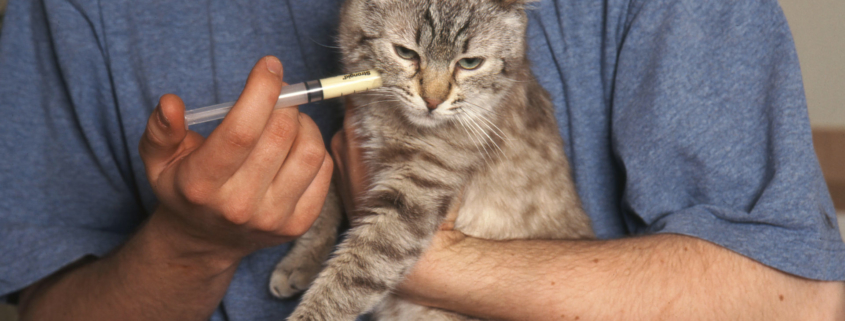
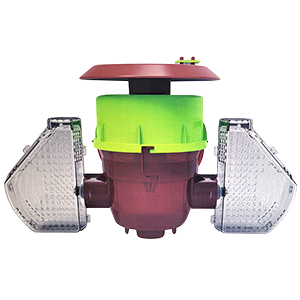
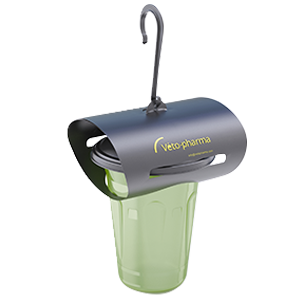
 Follow us on Facebook
Follow us on Facebook See our photos on Instagram
See our photos on Instagram Contact us
Contact us

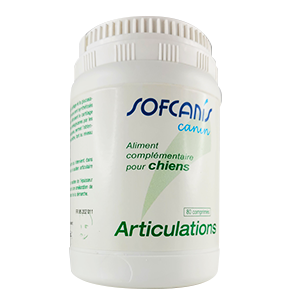
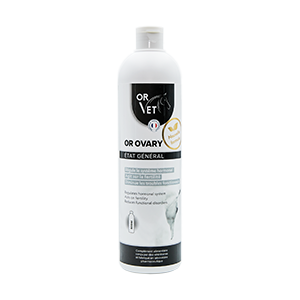
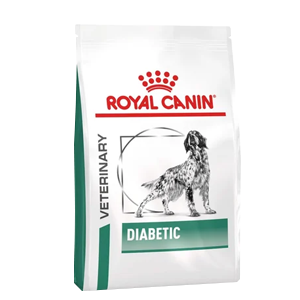

Tack. Nu är det lite mer klart för mig.